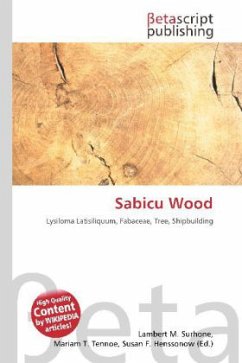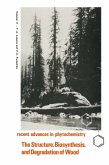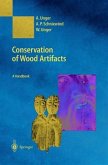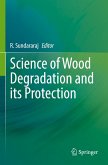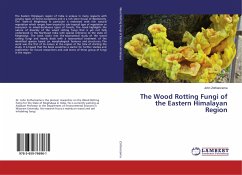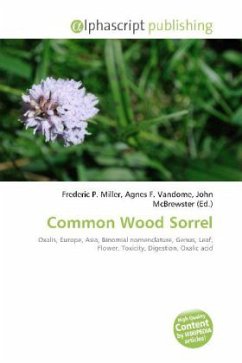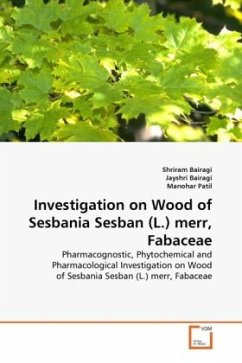Please note that the content of this book primarily consists of articles available from Wikipedia or other free sources online. Sabicu wood or sabicu is the wood of Lysiloma latisiliquum, a smallish leguminous tree commonly known as Wild Tamarind or False Tamarind. The wood is valued, especially in shipbuilding, for its rich mahogany color, hardness, durability, and moderate heaviness (specific gravity of 0.40-0.75). The stairs of The Crystal Palace in London, in which The Great Exhibition of 1851 was held, were made of sabicu due to its durability. Despite the enormous traffic that passed over them, the wood at the end was found to be little affected by wear. There is some confusion regarding Lysiloma sabicu, an arborescent shrub native to the Greater Antilles and the Bahamas, which may reach 12 m (39 ft) in height. This species was regarded as part of Lysiloma latisiliquum for a considerable time but is now recognised again as a separate species. Its wood, when available, will be traded as sabicu as well.
Bitte wählen Sie Ihr Anliegen aus.
Rechnungen
Retourenschein anfordern
Bestellstatus
Storno

